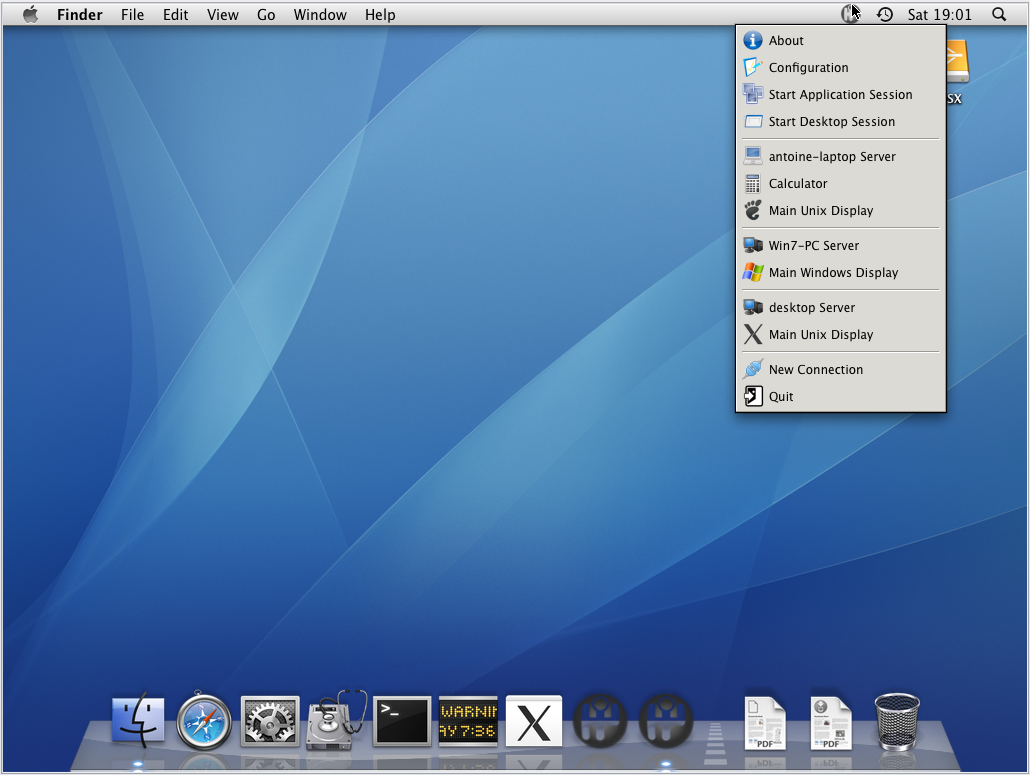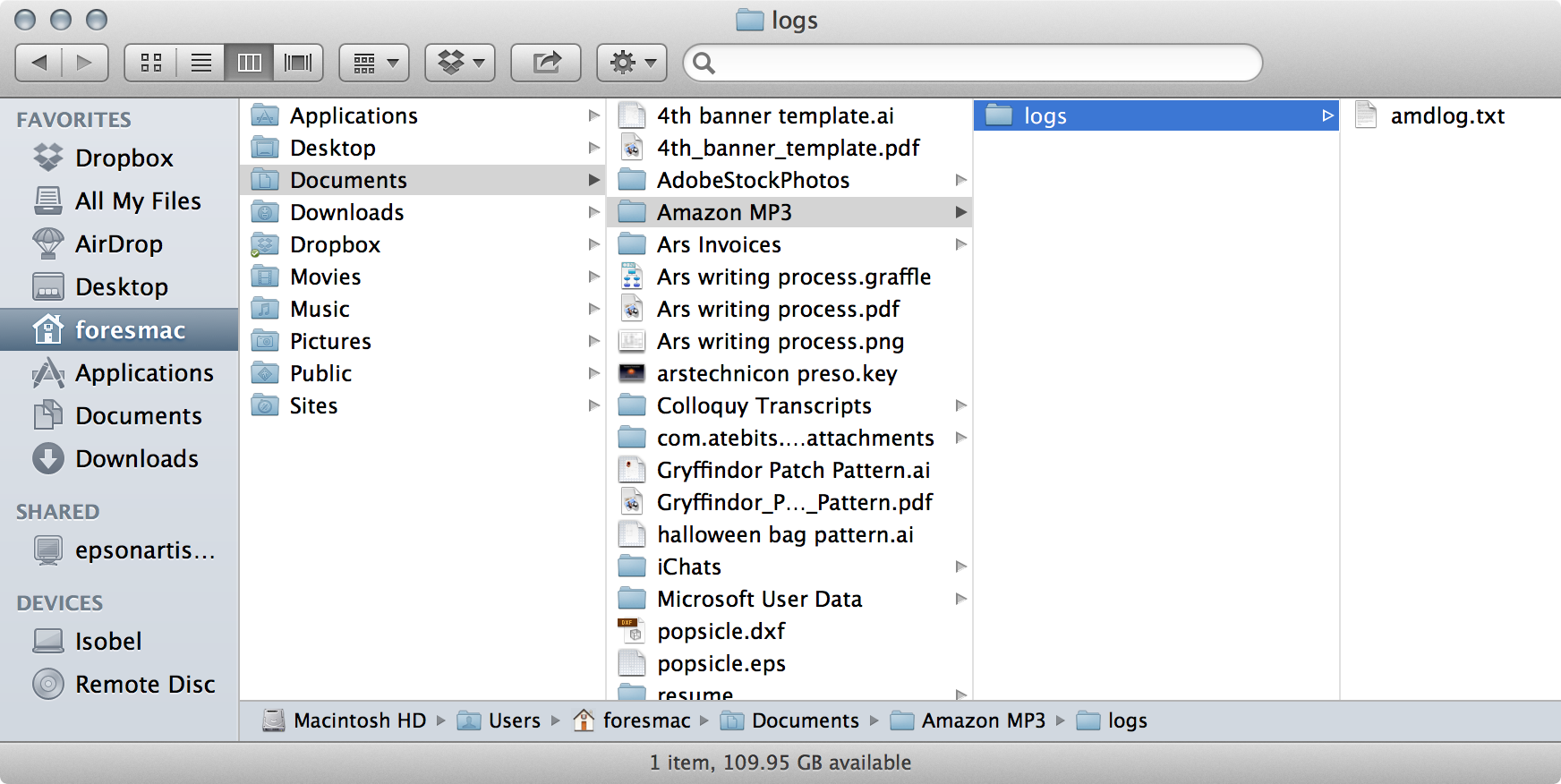If you’re working in Terminal on your Mac, you need to know the most important UNIX commands: those that work with directories, those that work with files, and miscellaneous but commonly used commands.
Folders are called directories in UNIX. Commands that refer to filenames, as most do, assume that you’re talking about files in the working directory. When you open the Terminal window, the working directory is set to your home directory, abbreviated ~. Bash shows you the current working directory and your username to the left of its prompt. The following table lists common directory-related commands.

Unix For Mac Os X Pdf Editor
| Command | What It Does |
|---|---|
| ls | Lists the names of the files in the working directory. For more complete information, use ls –alF (. |
| cd directoryname | Changes the working directory to the one you named. |
| cd .. | Brings you up one directory level. |
| cd | Returns you to your home directory. |
| pwd | Displays the pathname of the current directory. |
| mkdir newdirectoryname | Makes a new directory. |
| rmdir directoryname | Removes (deletes) an empty directory. |
OS X for UNIX Users The power of UNIX. The simplicity of Mac. Technology Brief July 2011 OS X version 10.7 Lion combines a proven UNIX® foundation with the easy-to-use Mac interface, bringing multicore technology and 64-bit power to the mass market. With powerful technologies such as Grand Central Dispatch (GCD), OpenCL, and IPv6. Hello, i am new to this forum. I own a macbook pro running mac os x 10.5.2 leopard. Just wondering, if these forums will help me? I work a lot in an application called terminal, it is apples command line. I like programming and have questions, like there was a post about text scrolling, the. Mac OS X & Unix. Are the Terminal commands used in Mac OS 10.1.3 the same as those found on a real Unix system? If they are, what book would you recommend as a terminal refferance guide? I already have 'The Missing Manual' by O'Reilly, but there ain't much in terms of. With Mac OS X built on top of it, Unix is becoming a household name, and more and more Mac users are ready to take it on. This book is for them! Based on a popular series of Unix tips, this book promises to deliver what most other Unix guides fail to: comprehensive tutorials and instruction on specific Unix subjects, commands, and projects, not.
As in Windows, you can redirect the output of a command to a text file. So if you want a record of the files in a folder, type cd, followed by a space, drag the folder’s icon to the Terminal window, and press Return. Type ls > mydirectorylist.txt and press Return again. A file named mydirectorylist.txt will appear in the folder you chose. You can open the file in TextEdit to see a list of the files in that directory.
This table lists commands commonly used when working with files in the Terminal window.

| Command | What It Does |
|---|---|
| cp filename1 filename2 | Copies a file. |
| chmod | Changes permissions for access to a file. Study the man page before using this one. |
| diff | Compares two files line by line (assumes text). |
| more filename | Displays a text file one page at a time. Press the spacebar to see the next page; press Q to quit. The man command works through more. |
| mv filename1 filename2 | Moves a file or changes its name. |
| rm filename | Removes (deletes) a file. |
This last table explains other handy commands that anyone getting started in Terminal will likely want to know.
Unix For Mac Os X Pdf Editor Free
| Command | What It Does |
|---|---|
| Control+C | Terminates most operations. |
| date | Displays the current date and time. |
| echo | Repeats whatever appears after the command (after expansion). |
| help | Displays a partial list of bash commands. |
| history | Displays the last commands you typed. You can redo a command by typing an exclamation point (!) followed immediately (no space) by the number of that command in the history list. To repeat the last command, type !!. To repeat the last filename, type !*. |
| pico | A simple UNIX text editor. |
| ps | Displays a list of running processes. |
| sudo | Lets you carry out commands for which the account you are using lacks authority. You will be asked for an administrator’s password. |

Mac Os X 10.11 Download Free

When you’re working in Terminal, you don’t have a Trash Can to which deleted files are moved pending ultimate disposal. Delete it, and it’s gone. In general, UNIX has no Undo function.
